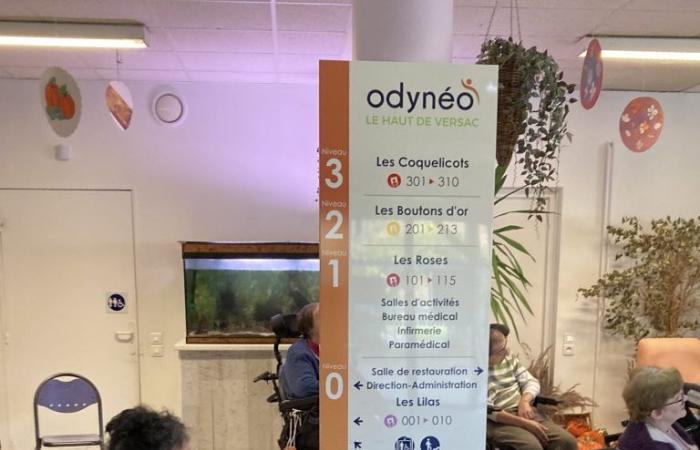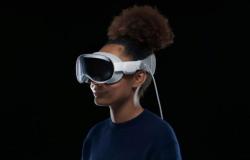The Haut de Versac establishment is a Reception Center for Multiple Sclerosis patients located in Saint-Lupicin. Its creation dates back to 1991, with integration into Odynéo, a family association since January 1, 2016.
“It is open 365 days, 24 hours a day, for residential reception, and 220 days a year for day reception. This Jura Medical Home specializing in the care of neuro-progressive diseases, has a capacity of 52 beds, including 38 for long stays and 3 for day care and 11 unoccupied due to lack of sufficient caregivers,” explains Hervé Becquart, the director.
“The Augmented Ear, a real plus”…
“We face two types of difficulties,” he explains.
“First of all for the residents, who no longer have the mobility of their limbs or have very difficult use of speech. On the other hand, for caregivers, they will have much more refined alerts, and will run much less in the corridors for bells that do not exactly specify the degree of urgency, and the prioritization of these calls. We ended up with the project of installing the “augmented ear” in the establishment. This technology, using artificial intelligence, will allow us to secure the care of our residents and, also, to relieve professionals in the heavy burden of monitoring their state of health.
Indeed, the current period is complex in terms of human resources management in establishments in this sector and it is important to support caregivers by using everything possible to relieve them.
“Thanks to artificial intelligence and its judicious use in listening to the sounds produced by our residents, we will be able to allow them to intervene as accurately and in the most relevant way possible. The “ears” are installed in the rooms…”.







